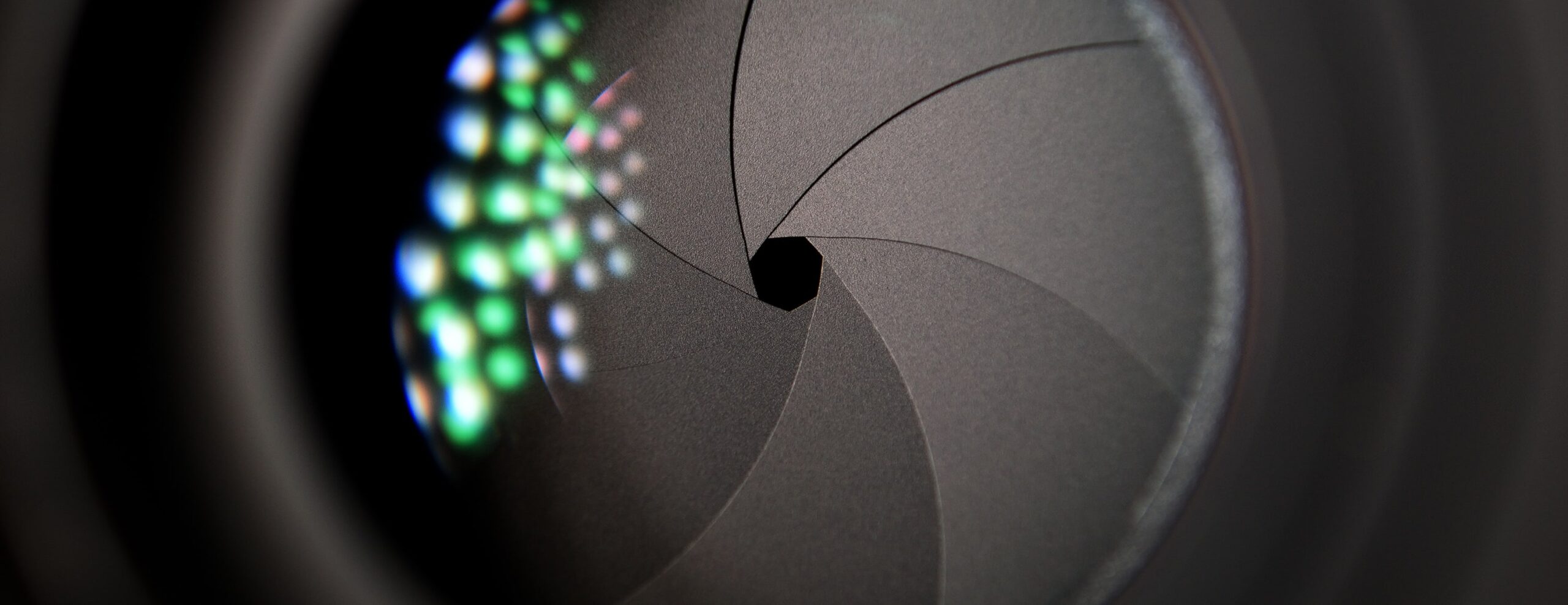When it comes to CNC machining, precision is of the highest priority. No matter what material you’re working with or what program you’re running, you want a machine you can count on for the highest degree of accuracy and repeatability. And you want all this—without sacrificing processing times.
At Diversified Machine Systems (DMS), we know that precision of that caliber demands more than the naked eye. That’s why we are integrating a state-of-the-art Vision System into our machines.
The DMS Vision Translation System is a self-calibrating optics system designed to increase your machine’s precision and processing times. This is more than just a camera. The Vision System not only captures images but also interacts with the machine programming to make adjustments as needed. This is fine-tuning that goes beyond what an operator can do manually.
Our new Vision System includes several subroutines that allow our CNC machines to quickly readjust to the slightest alterations in material positioning. These subroutines can acquire images, adapt programs, update Z focal heights, or even deactivate coordinate rotation, scaling, and additive offset—all of which are activated by M-code. This is a complex system with many functions, but we’d like to highlight three of the most significant ones.
Vision Adapt
Ensuring the proper placement of materials is as important as it is tedious. The Vision Adapt process makes things a lot easier by automatically moving the Z axis to machine zero and modifying the active offset by the fine or increment offset value. Once the system has acquired and processed all the images, the Z axis returns to zero, the coordinate system rotation is applied, and the correct scaling for the X and Y axes is applied with the proper offset shift, rotation, and scaling.
All of this means that you can place your material on the table without spending time centering it. The optics detect the placement of materials and then the program runs—it’s as simple as that.
Focal Height Calibration
When switching between materials of different sizes and shapes, it can be a painstaking process for machine operators to ensure the router aligns perfectly with the new dimensions. The Focal Height Calibration Cycle is ideal for this very purpose. If you’re working with a new material with more than 1/8” divergence from the previous material, the camera will capture images of different Z heights until it finds a new ideal focal height. The Focal Height Calibration Cycle is also a useful tool when the spoilboard is faced down or replaced.
Full Calibration
The Full Calibration subroutine updates optimal Z focal height and reassigns the camera center to new spindle center values. We recommend running our Full Calibration Cycle every week, or even daily if the machine is used with high frequency. This is an especially useful program to run after a crash or alignment, when the Full Calibration Cycle is able to recover previous values and get the machine up and running again at its former specifications.
We could list several other subroutines, but you get the idea—this is more than just a camera. The new DMS Vision System is an upgrade that provides faster calibration, higher processing speeds, and the highest standard of precision. It displays an attention to detail that our machines have become known for.


